Search results for: “24”
-
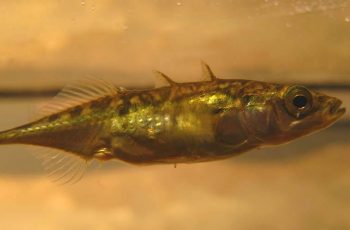
Investigation: Gene Switches in Stickleback Fish
This activity was modified from HHMI’s “Modeling the Regulatory Switches of the Pitx1 Gene in Stickleback Fish” The activity is presented as a type of investigation or case study where students examine regulatory switches and was a short film that describes the role of the Pitx1 gene in the development of spines. Students can work…
-
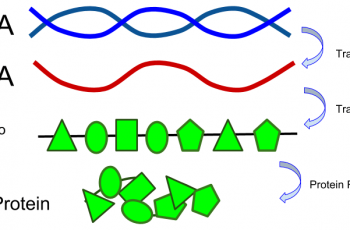
DNA, Proteins, and Mutations
Students explore how DNA becomes a function protein by using a codon chart to transcribe and translate a gene. They compare the gene found in humans to that found in other animals, deducing that the genes are very similar with only slight changes. Finally, students examine the different types of mutations and how a…
-
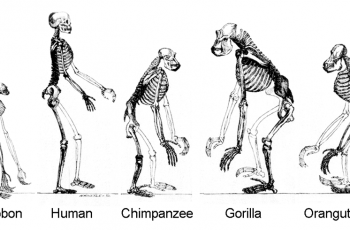
Evolution: Fact, Fiction, or Opinion
This lesson can be used to introduce evolution and establish what your students already understand (or misunderstand) about evolutionary theory. Statements can be printed and cut into slips and students work in small groups to categorize each statement as either Fact, Fiction, or Opinion. The included answer key has quick explanations as well…
-
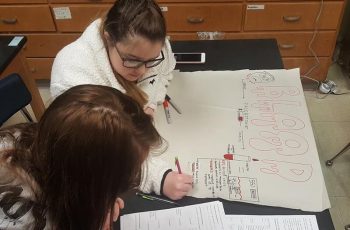
Concept Map on Blood
Students studying blood and the lymphatic students can get overwhelmed with the terminology used to describe blood and how blood is categorized. This project is designed to help students organize these difficult terms by creating a large concept map which groups related ideas together and connects them to other ideas – a concept map! …
-
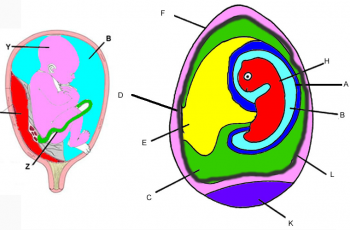
Comparing the Amniote Egg to the Placenta – Coloring
Color the amniote egg of a chicken and compare to the development of a human embryo.
-
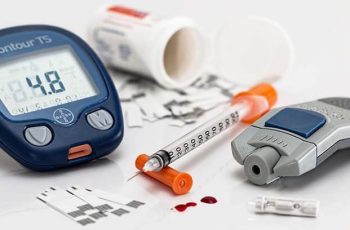
Case Study: Can a Virus Cause Diabetes?
This case asks students to examine data on children diagnosed with Type 1 Diabetes after reading a short story about a young girl who was losing weight and feeling thirsty. The content looks at a possible connection between diabetes and infection by the coxsackie virus, a virus that is responsible for “hand, foot, and mouth”…
-
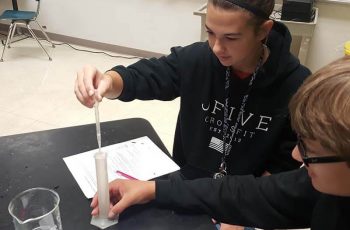
Investigation: Tools and Measurements
I designed this activity to help students become familiar with basic equipment found in the lab. Students take volume measurements using a graduated cylinder, beaker, and a 3ml pipette. Ultimately, they must determine how many single drops of water are in 1 milliliter by designing a way to test this given the tools provided.…
-
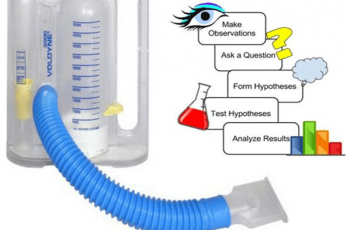
Investigation: Processes of Science
Students must develop their own causal question about what biological factors affect a person’s lung capacity, Then test their hypothesis using a respirometer.
-
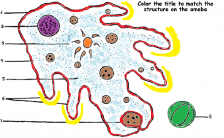
Color the Cellular Structures of the Ameba
This worksheet describes the structures of the unicellular protist known as the ameba. Though NGSS standards do not require units on protozoans, this can still be a useful exercise for examining how structure relates to function and how single-celled organisms move, consume food, and reproduce. What is the amoeba? An amoeba is a type of…
-
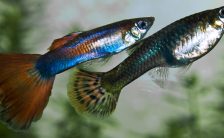
Case Study: How Did the Guppy Get His Color?
This case study examines evolution in guppies as evidenced by color variation in populations. It is based on an iconic study performed by John Endler where he collected data on guppies by scoring the size, number, and brightness of spots. Students progress though the slides (lecture and discussion), and examine details of Endler’s study, such as where…
-
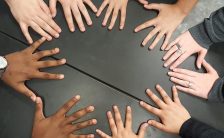
Case Study: How Do Genes Determine Skin Color?
This case study focuses on a news story whose headline declares that a “mother is a the only black woman to give birth to two white babies.” Students look past the sensationalized headline to discover how skin color is controlled by multiple genes and make a final judgement about whether statements made in the…
-

What Is an Autopsy?
A short article about autopsies and medical examiners intended for students in anatomy. Students read a detailed description of an autopsy and answer questions that require close reading
-
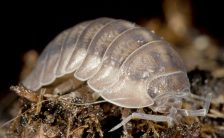
Investigation – Animal Behavior with Isopods
An isopod is a crustacean with a segmented body and seven pairs of legs. They are commonly known as pill bugs, roly-polys, or woodlice. Isopods are found in a variety of habitats, including soil, under rocks, and in decaying wood. They are detritivores, meaning they eat dead and decaying matter. Isopods are an important part…
-
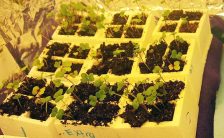
Inquiry in Genetics Using Wisconsin Fast Plants
Genetic Experiments can be intimidating for teachers due to the time and cost of breeding plants or animals in a classroom. These issues are further complicated in a public school setting which may have space issues, limited funds, and lack of access to labs. My favorite model for genetic experiments is the Wisconsin Fast…
-
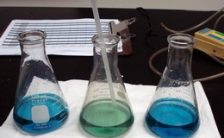
Quiz: The Science of Biology
This practice quiz aligns with chapter 1 of biology textbook where concepts such as the nature of science and the scientific method are discussed.

